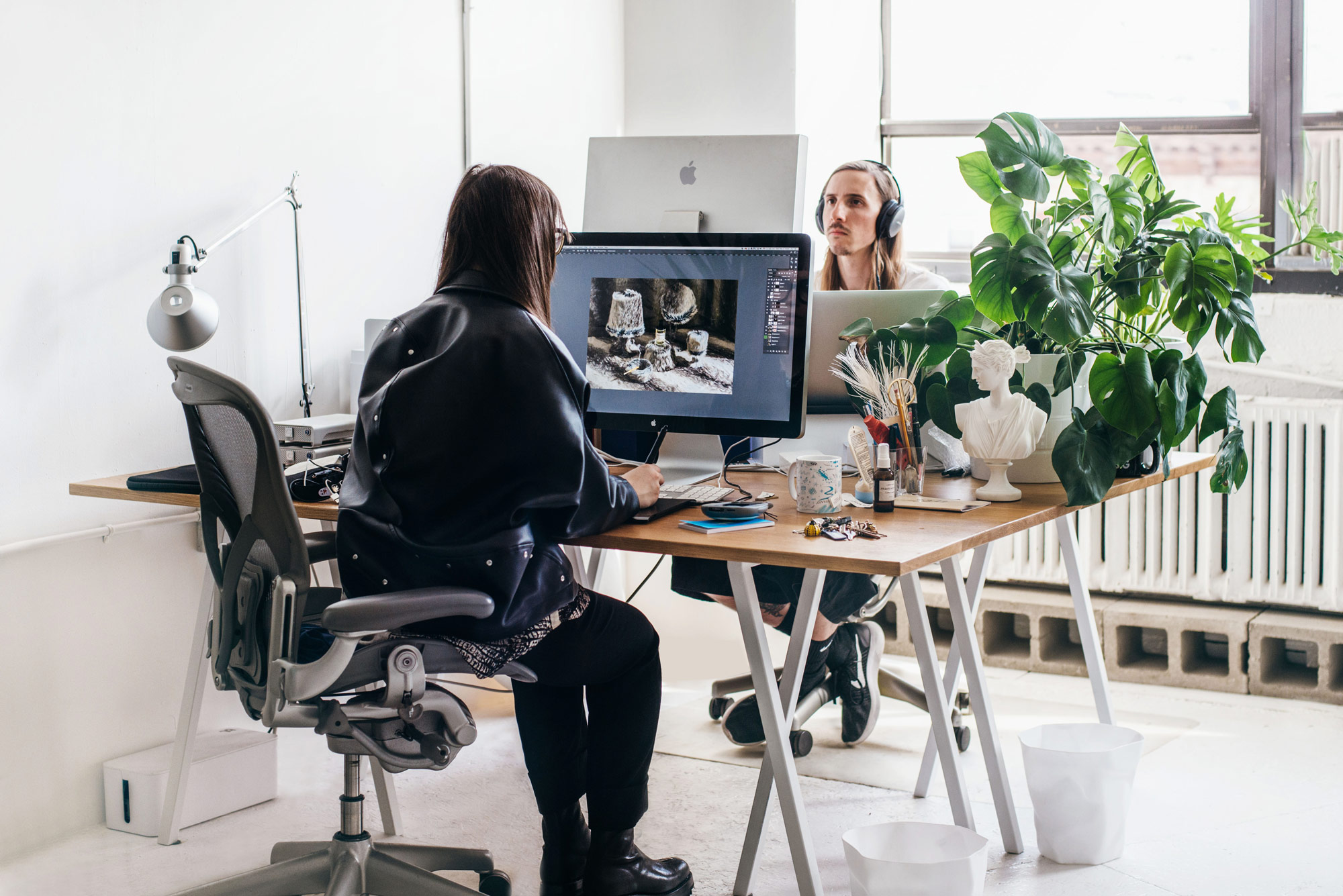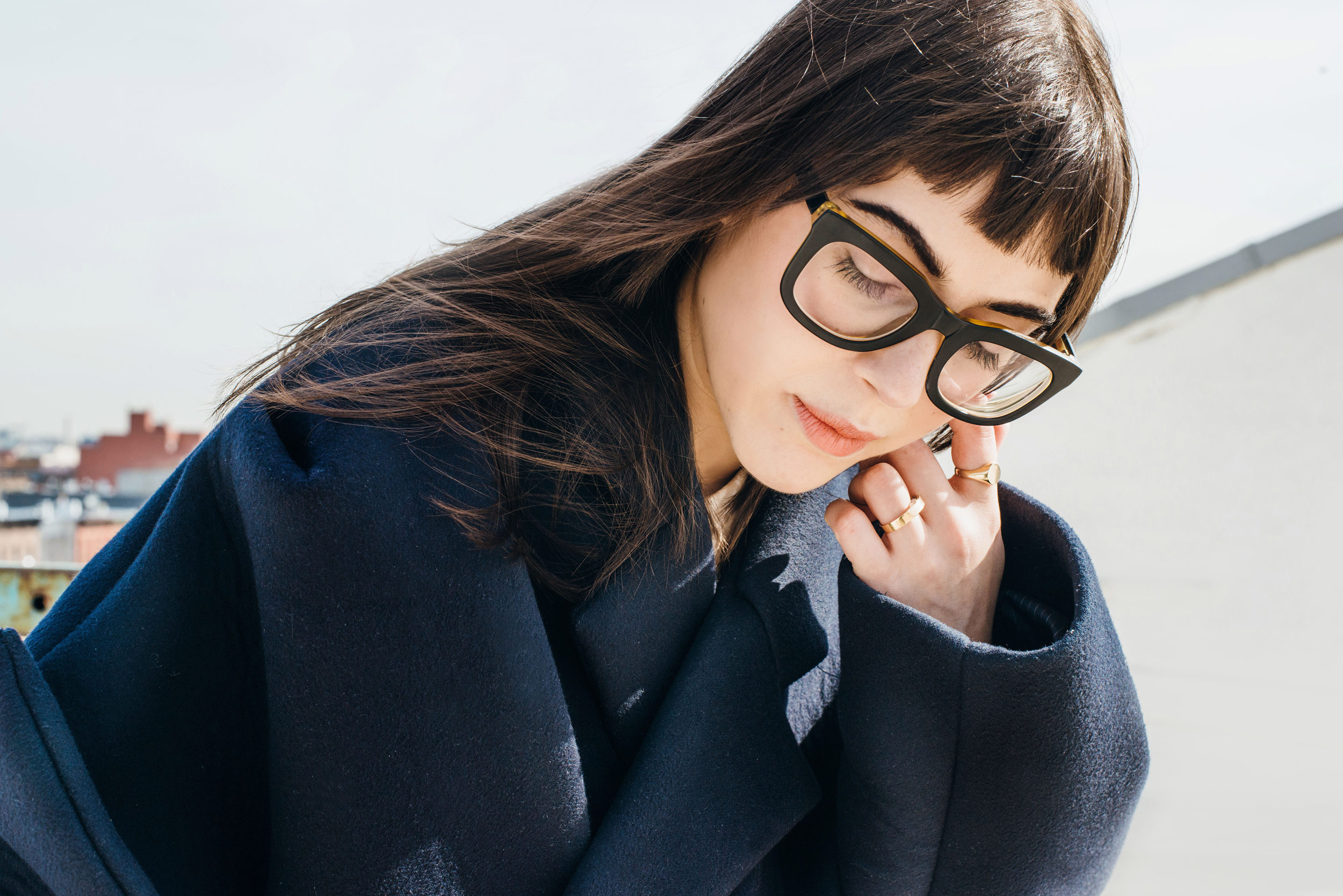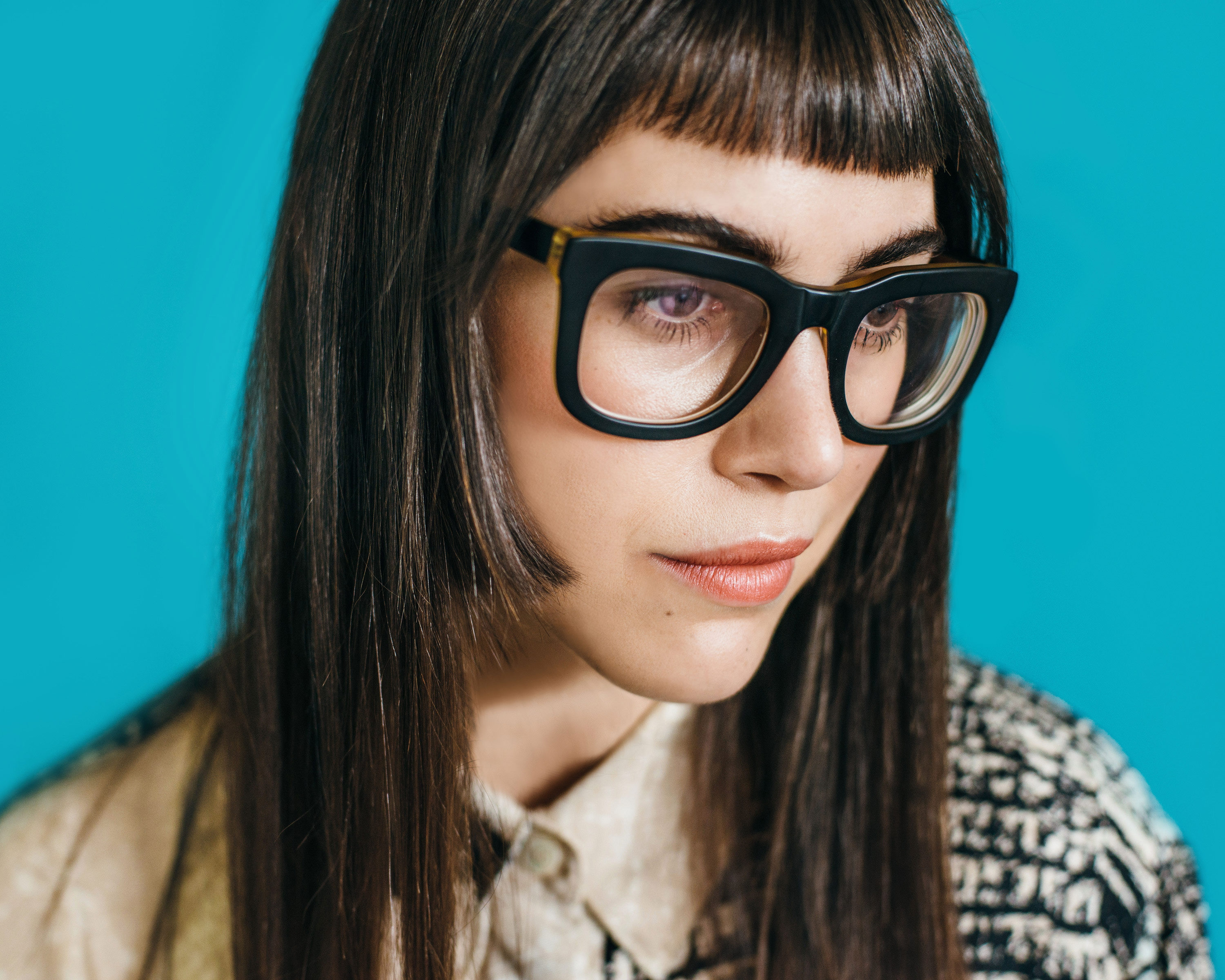
- Interview by Tina Essmaker March 7, 2017
- Photo by Julia Hembree
Leta Sobierajski
- creative director
- designer
Working independently since 2013, Brooklyn-based designer and creative director Leta Sobierajski has become known for her unique aesthetic, which often borders between the beautiful and the grotesque. Here, Leta opens up about taking the leap into freelancing, embracing vulnerability in her work, the art of negotiating, and what she’s learned from collaborating with her life and creative partner, Wade Jeffree.
Tell me about where you grew up and how your childhood influenced your ideas about creativity. I grew up in the small town of Jefferson, New York. When I say small, I mean that I went to the same school from kindergarten through 12th grade and played every sport—soccer, basketball, and softball—because there wasn’t much else to do.
I was born in New York City, but my parents moved to Jefferson when I was one. My entire youth was spent upstate in nature, and we lived in a very isolated area where you couldn’t see our house from the road because we were in the middle of the forest. I was an only child, and I spent most of my days playing by myself. I made my own toys, I read books and made up stories, and I played on a tape recorder—I’d record my voice and have conversations back and forth with myself. (laughing) I was lonely, but I was able to entertain myself that way.
In 1998, we got the internet and it was a portal into a new world. I started to discover other people around the world and I read into anime because I watched Sailor Moon on television. I started to draw my own fan art, and I asked my parents to gift me Photoshop for my 12th birthday. It was the one thing I wanted so I could scan in my drawings, color them, and share them on my DeviantArt account. I posted my work and people commented—that was so exciting for me! There was life outside of Jefferson.
Progressing from there, I explored Photoshop more. Our school didn’t have much of an art department, but I did independent study classes. I was very studious and pushed myself. I was a perfectionist, and, unfortunately, I think I still am. I loved writing, math, and science. Before design, I wanted to go to school and major in writing with a side of math—I loved precalculus because it was like figuring out puzzles. But because I took independent courses, I started to make more. I did architectural drawing and worked in Quark to design my senior yearbook. I designed posters, drew images, built websites, and even attempted identities, all of which ultimately put me on a more design-focused track.
It sounds like you really drove this creative exploration that happened in your life. Did the people around you encourage you to pursue a creative path? I’d say that by my senior year when I was 17, I felt like this was the only track I would take. My parents didn’t really know what design was, but, thankfully, they’re very encouraging (they are creatively inclined in different ways). They’ve always pushed me to make my own decisions. I think that’s why I’ve over-applied myself in a lot of areas—because I wanted to do it all.
I also had a teacher who was willing to sponsor my independent studies. He wasn’t a graphic designer—he taught technology and architectural drawing. Regardless, he was still willing to help me hone in on what I was looking for.
You went to State University of New York at Purchase after high school, right? Yeah. I didn’t know that places like School of Visual Arts or Rhode Island School of Design existed. I didn’t know anybody who was on the same path that I was moving towards. My mom works for SUNY, the state university of New York. Because of her affiliation, she got me a discount on my tuition, so SUNY Purchase was a really attractive option. I had visited Pratt, FIT, and Parsons, but it came down to the price tag. We’re not a wealthy family and I’m thankful to not have to pay back student loans right now. I can’t imagine what that would be like. I’d be hindered if I had to pay back thousands of dollars every month for the education I received.
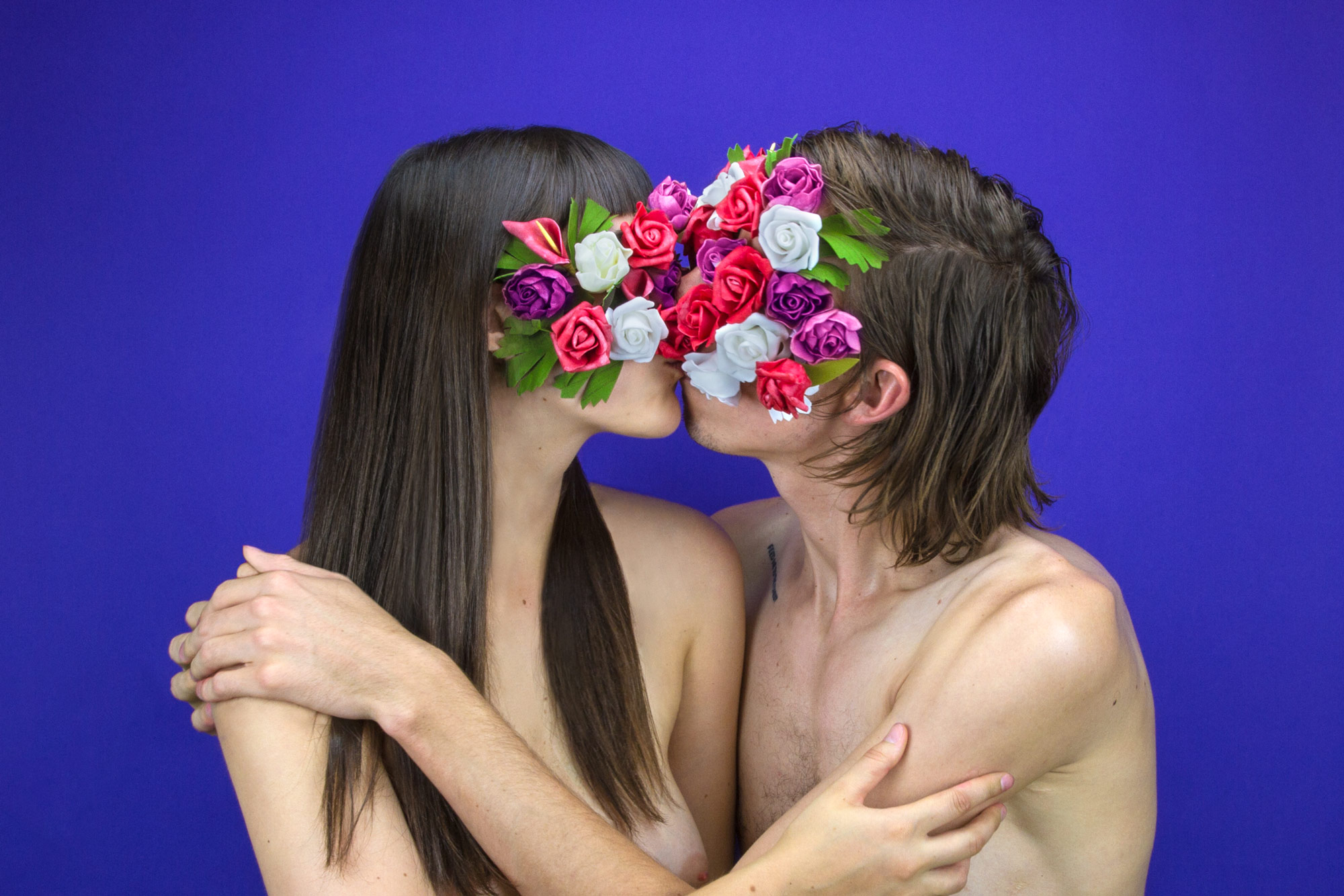
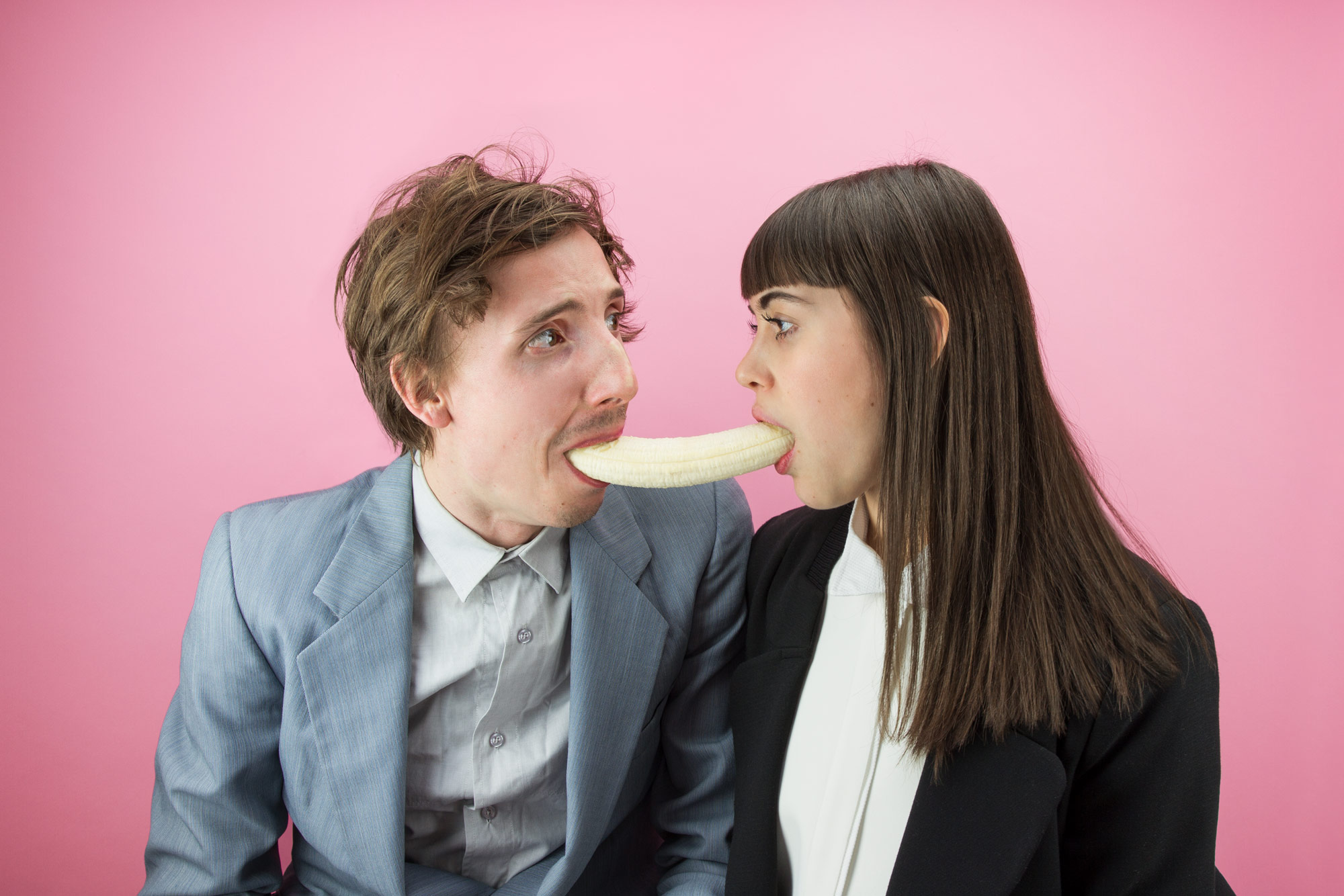
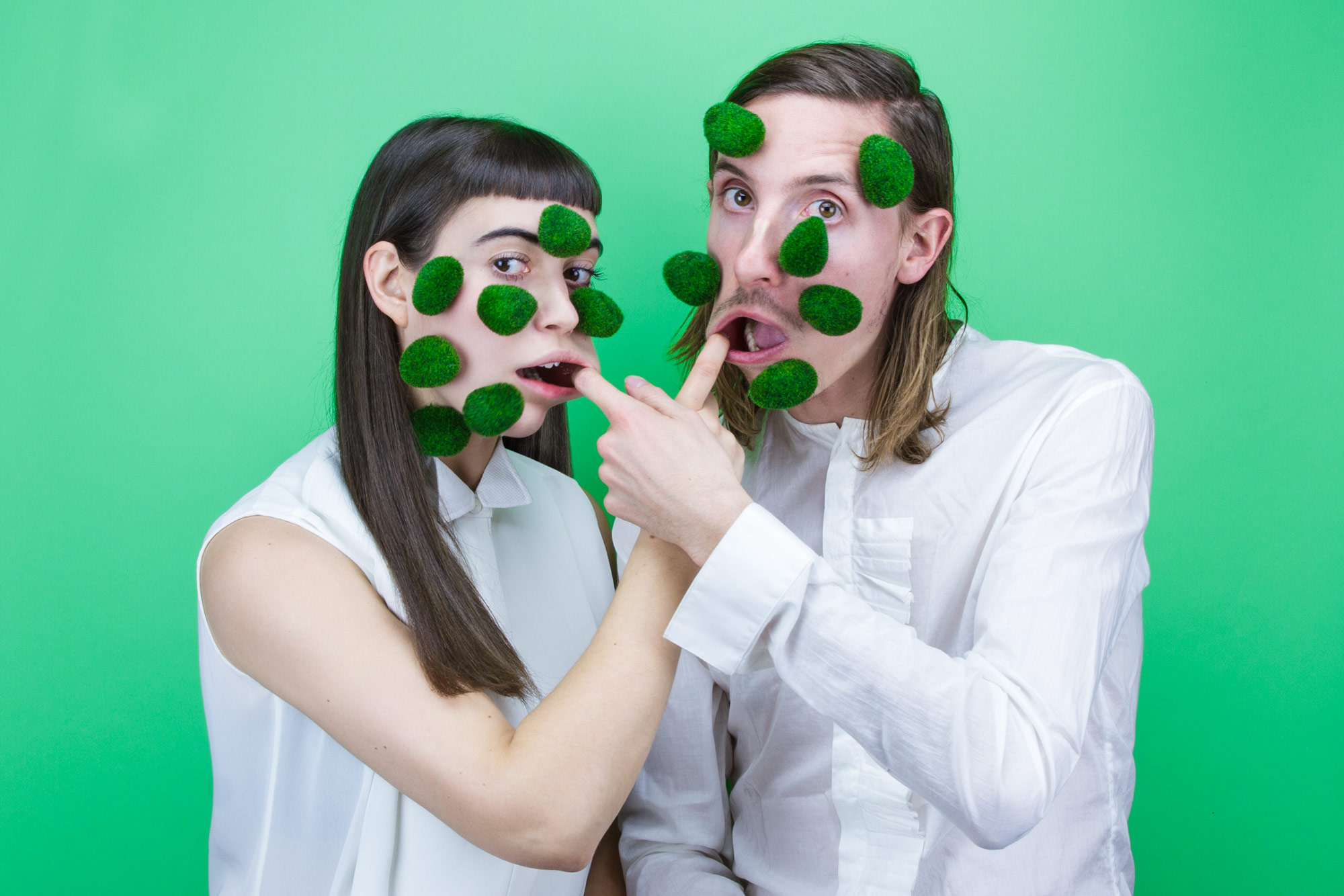
Yeah, and I want to talk about that because you’ve been working independently since 2013, and debt can affect that. I had some student loan debt, but I only have about $1,500 left to pay off— Congratulations!
Thank you! I didn’t come out with that much debt, but even a small amount prohibits what you can do because you have to make choices based on your financial situation. Debt takes away your freedom to say yes to the things you want to do and explore. You have to do certain things to pay your loans. So, good for you. I can’t imagine what it’s like to have that always sitting on your shoulders and to be considerate of taking on a job you might not really love, but it offers heaps of money. The city is expensive and that doesn’t help.
It sure is. So, let’s talk about your time after college up until what you’re doing now. I know that you worked for a studio doing motion graphics straight out of college before you went independent. Tell me about that. When I was a sophomore in college I got this really fantastic internship at a studio called HunterGatherer in Brooklyn. That studio was run incredibly. I worked for my boss, Todd, who was such a brilliant mentor. He taught me that you don’t need to work on a computer all of the time. We had a wood shop at the studio, and that’s also where I learned to work a camera and set up lights. We built things to shoot for magazine covers, commercials for brands, and even infrastructure for branding identities. The possibilities of working physically were endless. I couldn’t comprehend that way of working before having that opportunity.
I worked at HunterGatherer as an intern for two summers and then I was hired on full-time when I graduated. It was fantastic that the studio was so small because I had my hand in everything that was going on, whether we were sending story boards to a client or brainstorming a new logo for someone like the New York Times.
However, because HunterGatherer was run by one person and I was one of very few employees and I was still learning, I thought I needed to go to a larger studio to understand how something like that operates. So I went to a filmmaking and visual effects (VFX) company called Moving Picture Company (MPC). During my interview, I asked them if they had a photo studio or were doing anything by hand. They said, “Well, maybe.” They were obviously trying to give me some sort of allure to work there, but couldn’t answer my questions properly. On my second or third day at the job, I sat down and thought, “Fuuuuck, I made the wrong decision.”
The people who worked at MPC were lovely, but they were working on these crazy programs like Cinema 4D, Maya, Smoke, and Flame. For all I know, these could have been superhero characters. I didn’t know how to use any of those programs. I was designing story boards for commercials, but they were for massive brands who gave the studio shit-tons of money. It felt very soul-sucking for me. I transitioned from such a happy environment to burning the midnight oil to crank out something for a massive sterile brand—there’s no heart and soul in that kind of work.
I was miserable for eight months and then I quit. I went to another studio just to give motion graphics one more try. I worked at a company called Brand New School, which was a little better, but still very heavy in motion and VFX. I realized that I didn’t have the heart for it. I felt miserable and consistently called my mom crying because I didn’t know what to do. That ultimately brought me into a desperate situation where I drastically decided that I had to abandon motion graphics.
“If things don’t work out and you get desperate, then getting another job is always an option. It’s not the end of the world. But I was curious to see how far I could go on my own and who would actually be willing to pay me for all of these personal projects that I had put on my website.”
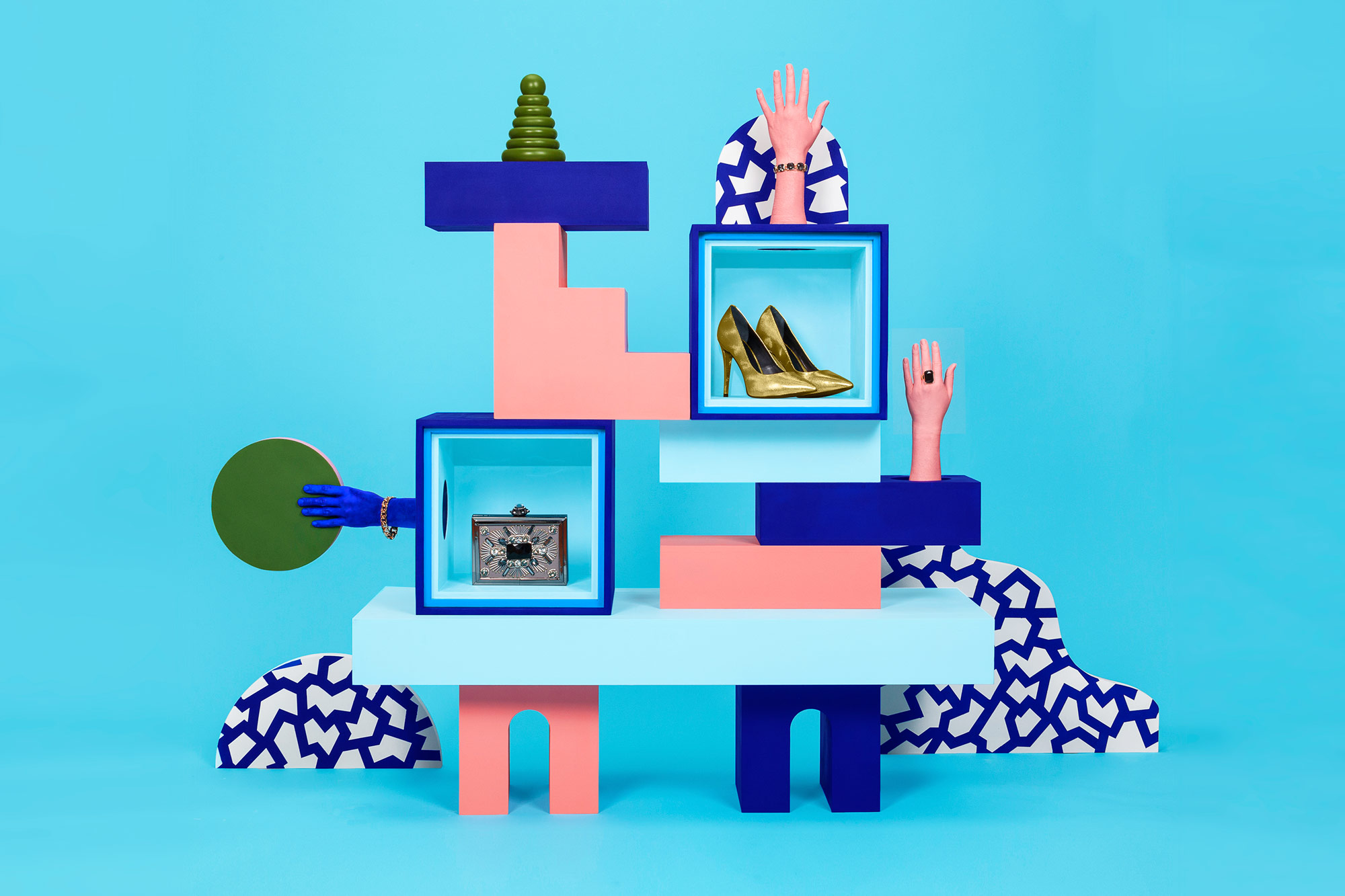
That’s when you went independent, so let’s talk about that. What was your thought process like? I’m sure there were fears and anxieties around getting clients, paying your bills, and running a business in New York. How did you approach those in your mind? I didn’t. (laughing) Even though I’m very organized and like to plan everything out, in this situation, I did not think five steps ahead. I just emailed people every day and made projects on the side because no one had hired me yet and I needed work to show.
When you’re in that situation, you have a fight or flight mentality. If things don’t work out and you get desperate, then getting another job is always an option. It’s not the end of the world. But I was curious to see how far I could go on my own and who would actually be willing to pay me for all of these personal projects that I had put on my website. Thankfully, it worked. But, ultimately, I think I was so overwhelmed and confused and excited that it was too difficult to plan a bunch of steps ahead and plot out a perfect strategy for working independently.
Had you saved up any money from when you were working full-time before you went freelance? I had a little savings, but I wasn’t making heaps of money at those motion graphics jobs, either. I think I was actually being taken advantage of. When I negotiated my last job they asked what I made at the previous studio and I was so honest that I told them the exact amount. They offered me $3k more and I thought that was great. There’s something precious about that naiveté, but now I realize that you have to fend for yourself at all times. You have to be strategic about what you say.
“As time has progressed, I’ve realized that creating things that don’t make sense are sometimes the most appealing because they haven’t succumbed to the restraints of a client or third party. It feels good to kinda shit something out.”
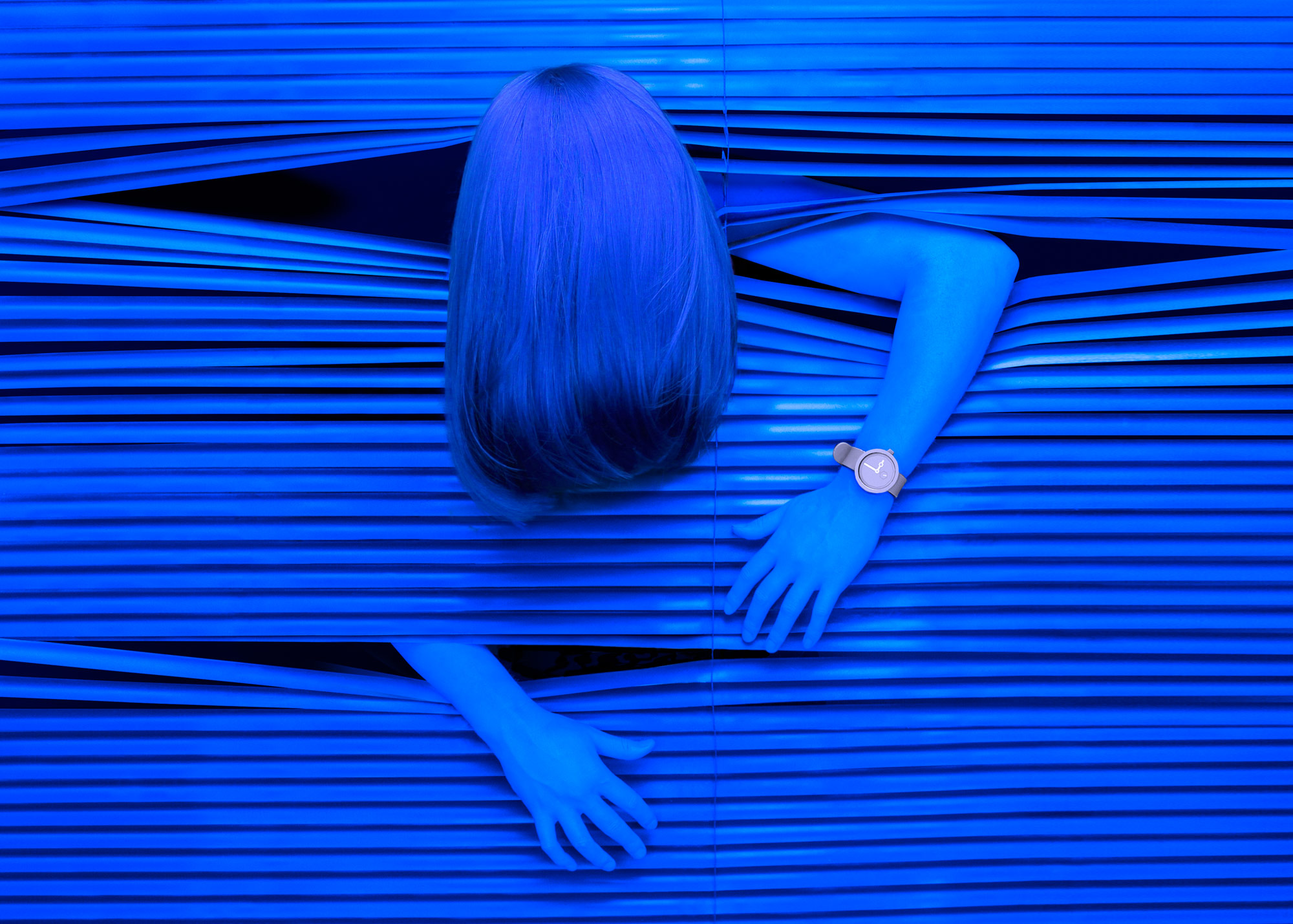
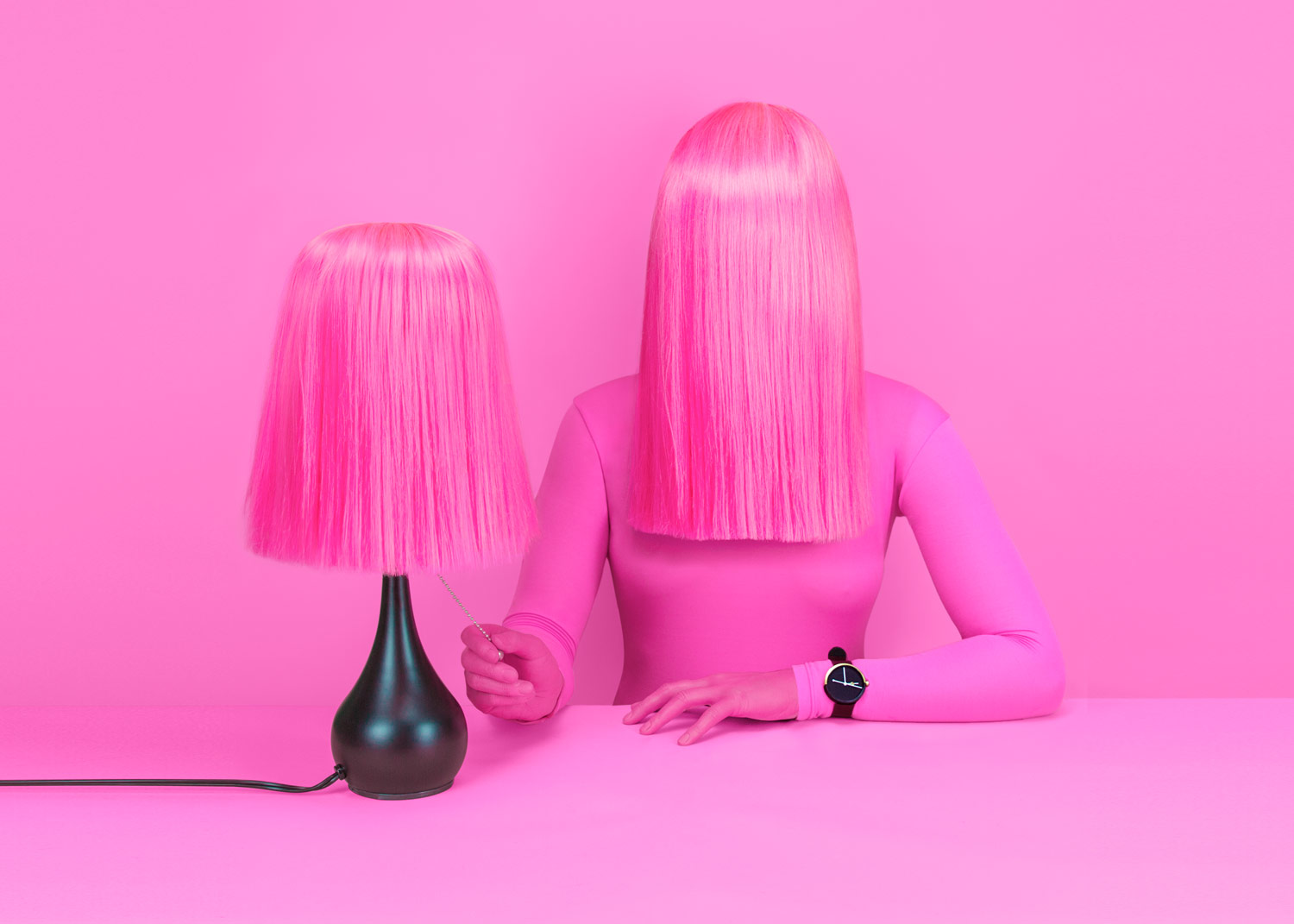
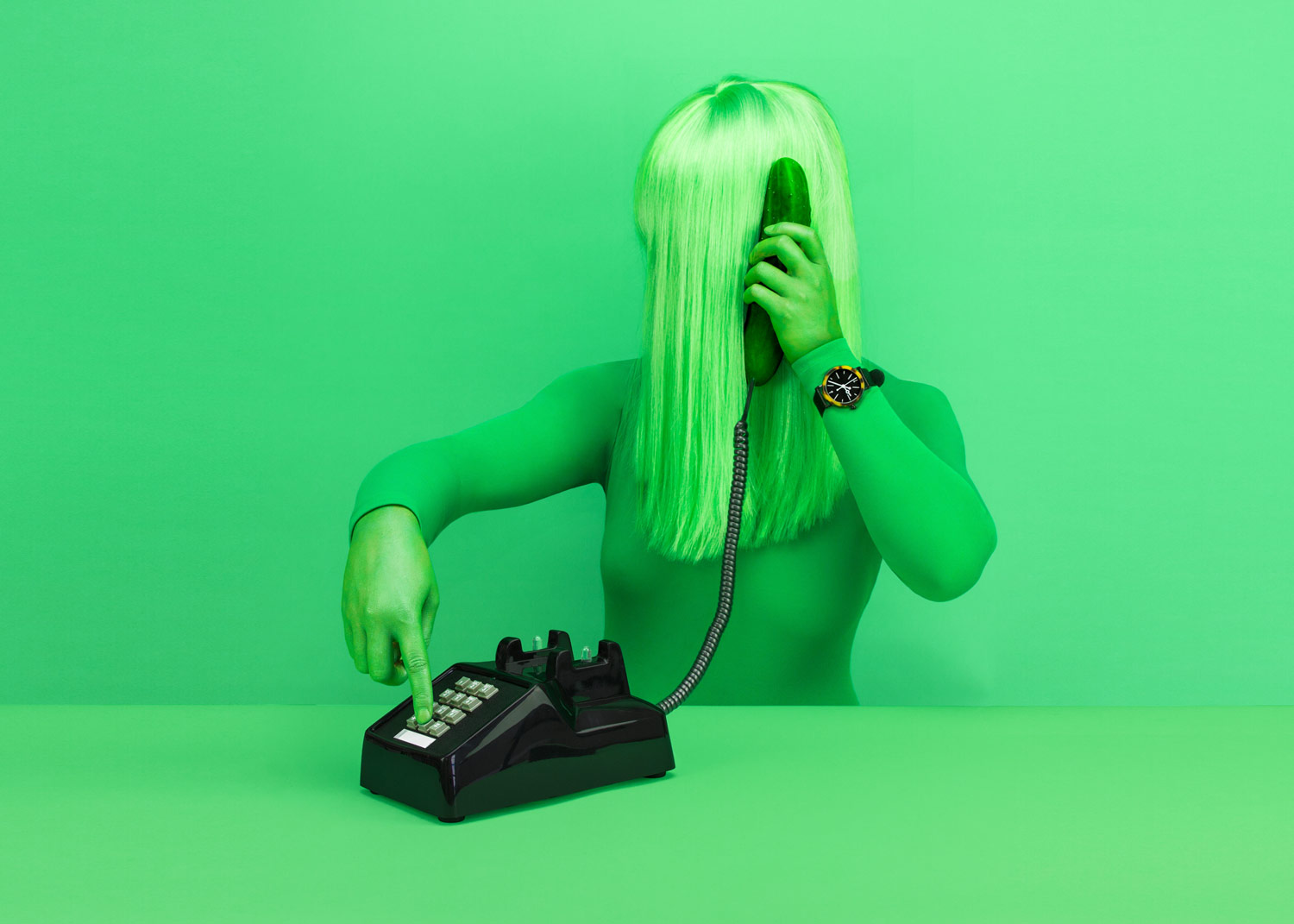
Yes, you do. I want to talk about your aesthetic. When you started doing personal work at that point is that when you started to explore and develop the aesthetic you have now, and how did you settle on it? Something I had been taught in school is that you need to do a massive range of things so you are marketable to anyone who wants to employ you. It sounds logical, but once I was in a state of independence and scrambling to figure out what could be mine and didn’t have work coming in yet, I had to make things on my own. I had to have an individual vernacular to become appealing to potential clients, which is the total opposite of my institution’s mentality. There were projects that had been bubbling inside of me for a while. I had even tried to pitch some of them at my jobs, but was often told that the aesthetic wasn’t applicable for the client or it was just a little too outrageous for what they actually needed to give. Aside from putting these ideas on paper, I hadn’t had the opportunity to make them.
I’ve always been inclined to build things physically—it feels great. Maybe that stems back to playing in the woods as a kid and throwing sticks around. I didn’t know what I was doing, but I had things I wanted to make. For example, I wanted to work sculpturally. I live near all these 99₵ shops and small odd stores, so I walked in with $10 dollars and picked things that looked interesting to me—and then I bought a grapefruit.
I came up with this really ridiculous totem that has a grapefruit on top of it. It’s one of the first things I did and I’m so proud of it because it’s the first thing that became recognizable as my personal aesthetic. It got printed in an issue of Computer Arts a few years ago and that was the first time I’d gotten exposure for anything. I lost it because I didn’t understand how people could like it—it was such a ridiculous, unintentional piece of work.
As time has progressed, I’ve realized that creating things that don’t make sense are sometimes the most appealing because they haven’t succumbed to the restraints of a client or third party. It feels good to kinda shit something out.
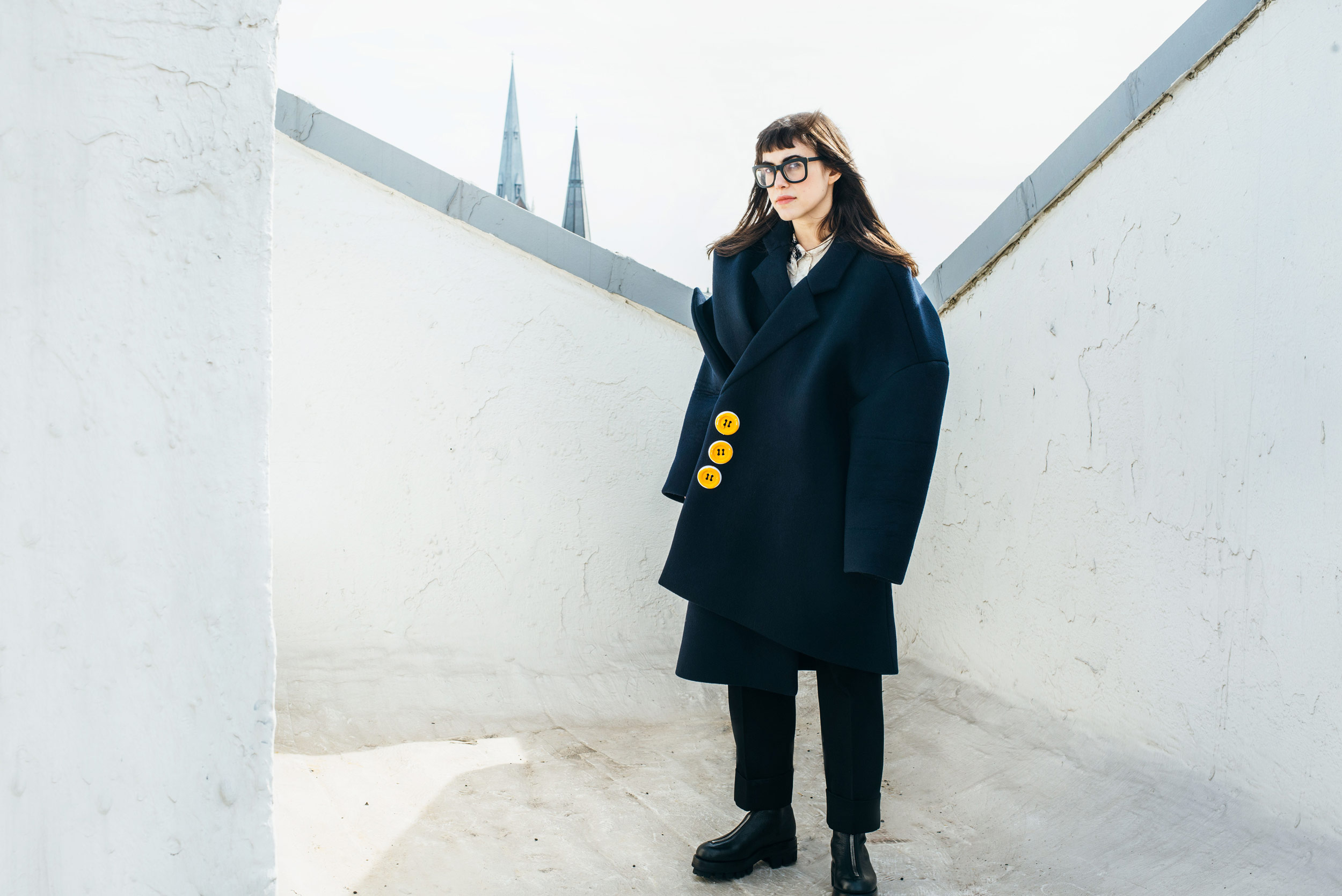
“Embracing uncertainty has been very difficult for me. I’ve become much better at going with the flow, but I feel like I’ve been an incredibly rigid person often focused on one direction in the past.”
I like that. I read this book called Contagious, which is about why things go viral and why we share. It addresses the psychology behind both. When you create work that’s unexpected it elicits particular emotions and people want to share it with others. Also, you’re not playing by the rules and asking what you can make that every other designer is going to like.
And I spoke with Will Bryant recently and he lives by this motto of “Embrace your weird,” which I love for two reasons. First, we’re all weird in our own ways. If we’re willing to embrace that, we realize we’re not as weird as we think we are, and, two, I think that makes us human. It draws others in. So I love that you put a grapefruit on the top of your totem. Yes. I’m completely intrigued by that border between beauty and grotesqueness. I think it’s amazing that as creative people we have the liberty to understand what those boundaries are and to dabble between the two opposites.
I think that speaks to the complexities of life. Things are neither this or that. To me, good art asks more questions than it gives answers. When I look at your work, it’s not just providing an answer or a succinct point of view that’s black or white. It’s asking me to think, it’s asking a question—and that’s what makes it interesting. Thank you.
Sure. So, let’s talk about your time working independently. You didn’t have a plan—you dove in and tried to make it work. With that, comes risk. What have you found to be the biggest challenges so far? Embracing uncertainty has been very difficult for me. I’ve become much better at going with the flow, but I feel like I’ve been an incredibly rigid person often focused on one direction in the past. Now I need to be more lenient and open.
I’ve also had to become more outgoing. I’ve always been a very internal and introverted person. Being in this position has required me to open up to more people professionally and personally. I didn’t have a community before this either—I’ve made so many friends in design since working on my own, which has also been incredibly stimulating.
Emotionally, those have been the biggest changes and struggles for me. I’m much better at handling them now. There were a lot of tears during the first few months, but I needed to build up the courage and not give a fuck about emailing somebody and embarrassing myself. I’ve written so many emails offering my services to people who absolutely do not need them. Forcing myself to press that send button has given me more confidence and more understanding about where I do and don’t need to give a fuck. Sorry about all the swearing!
“I’m completely intrigued by that border between beauty and grotesqueness. I think it’s amazing that as creative people we have the liberty to understand what those boundaries are and to dabble between the two opposites.”
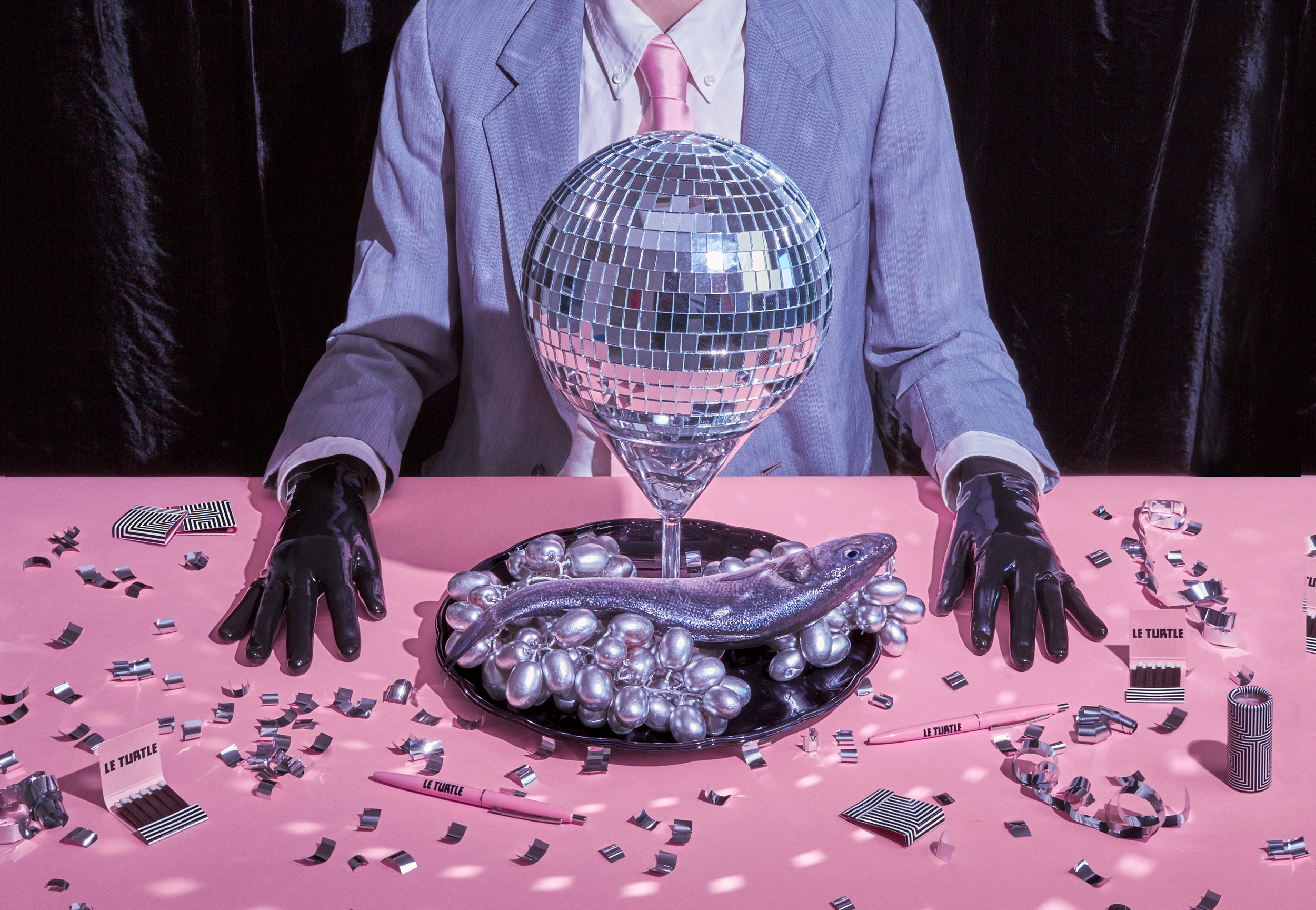
That’s okay—we don’t censor. I really like the point you made. It takes an incredible amount of vulnerability to work independently because there’s no buffer between you and the client. You are interfacing with the client. It’s your work and it’s a reflection of you and your aesthetic. Plus you’re the one negotiating contracts and talking money. Yeah, I mean, vulnerability is stressful. You’re completely exposed and out in the open. I think it’s important for everyone to be able to desensitize themselves from those situations a little bit. We should absolutely be passionate and excited about the work we’re doing, but when it comes to negotiating or talking about finances, we do need to desensitize ourselves and restrict our emotions.
It’s also important to know your value and what you’re worth when you’re negotiating. You mentioned earlier that you were naive in negotiating your salary from one studio to another because you just didn’t know. What have you learned about negotiating since you’ve had to do it with your own clients? I think it’s important to be incredibly detailed—not verbose—but clear about everything a project can entail and not let details go to waste. Is that a super textbook response?
No, it addresses the fact that clients will take as much as you give, so if you are detailed and the project goes beyond the scope of what you agreed upon, you can charge for that additional work. For sure. I’ve felt a lot of guilt in the past and have been a pushover when clients ask for “just one more thing.” When you don’t know where your next job is coming from, you want to stay on a client’s good side. I definitely still get anxious when I don’t know what is happening next, but I think that anxiety is welcomed now because I know I have to hustle and be on point. There’s never a dull moment.
Agreed! I want to switch gears and talk about your frequent collaborations with Wade Jeffree, your husband and creative partner. I have two questions: Was that something that you wanted—to have a life partner who you could also collaborate with on creative work? Weirdly, it kind of was. In past relationships, I’ve been with people who are graphic designers or creatively inclined in some way. I’ve wanted to be in a relationship where the other person understands what I’m talking about on a daily basis. I think I have a lot of interests, but when it comes down to it, this is what is at the front of my brain at all times. It’s very difficult to find someone who you can jive with intimately as well as professionally and creatively. I’ve always secretly wanted it—well, I guess it’s not so secret anymore.
My second question about your partnership is, what has collaborating with Wade taught you about yourself and about the dynamic of creative and life partnerships? It’s taught me to be completely open and be incredibly naked in front of this person at all times. That has taken a lot of time to do. It’s hard for me to instill trust in other people.
It’s also taught me to be willing to place more feeling into the work we do. Design doesn’t need to be soulless work without personality. Wade has helped to encourage the creation of not just a message through work, but also an identity. We personify the work we do instead of only making work for someone else that has an intended message.
It’s such an incredible feeling to trust someone without fearing the consequences of what you say and to understand that if they tell you something’s bad, then it’s bad and you have to accept that. But they’re also going to tell you if something is good. There’s no hidden meaning. We’re not speaking in tongues to one another. It’s completely up front and honest. Being able to utilize that honesty for everything has made us have such a genuine relationship. When you’re working with someone, too, you can’t worry and be inhibited about what you’re producing.
It goes back to that theme of vulnerability again, right? Yeah, being able to trust without fear or worrying about consequences. That’s been the most important.
So, are you creatively satisfied? I feel like that’s a double-edge sword. I’m absolutely creatively stimulated. At the same time, I don’t want creative satisfaction to be a sign of contentment. I’m incredibly satisfied, but I don’t ever want to settle.
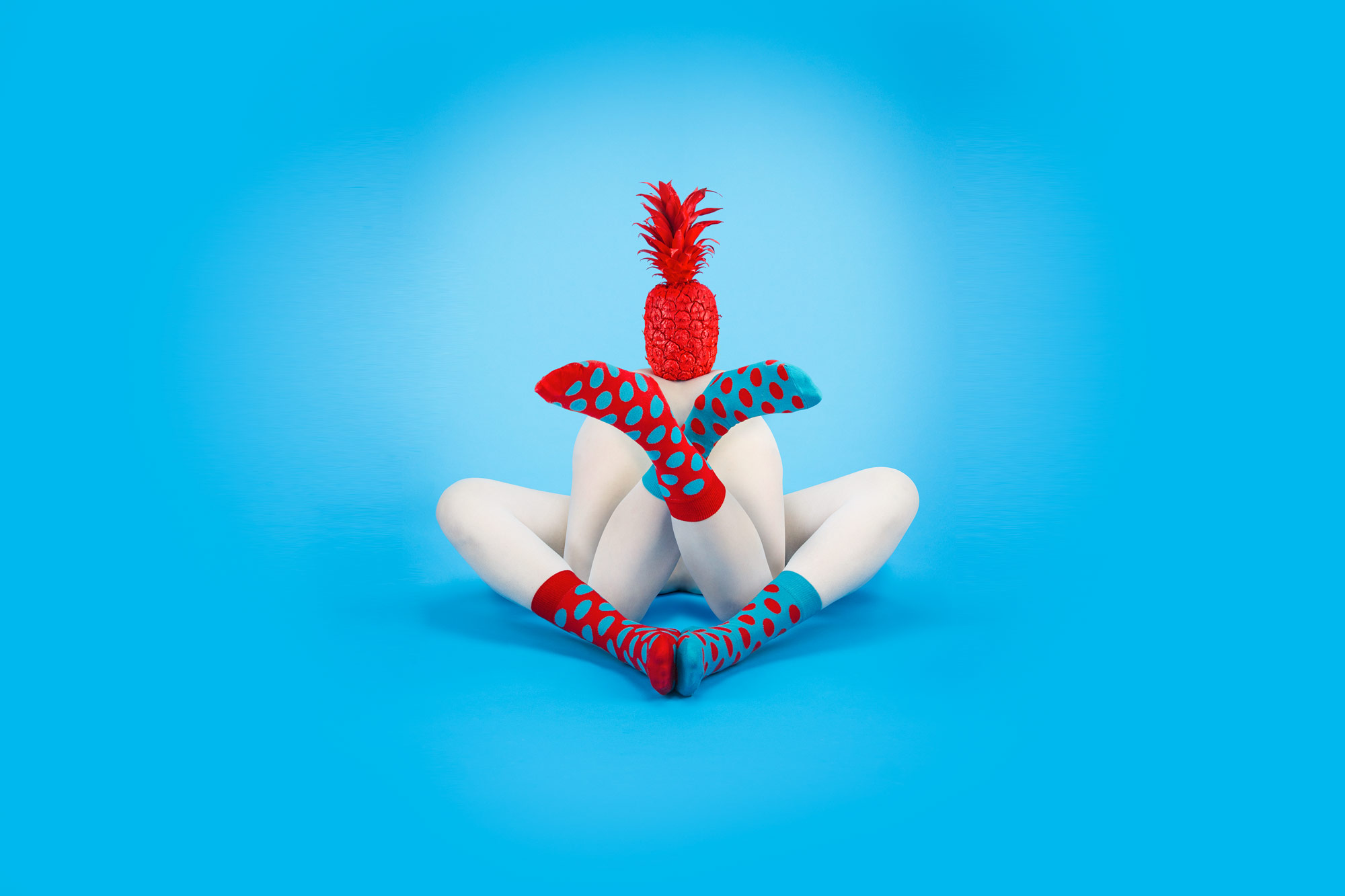
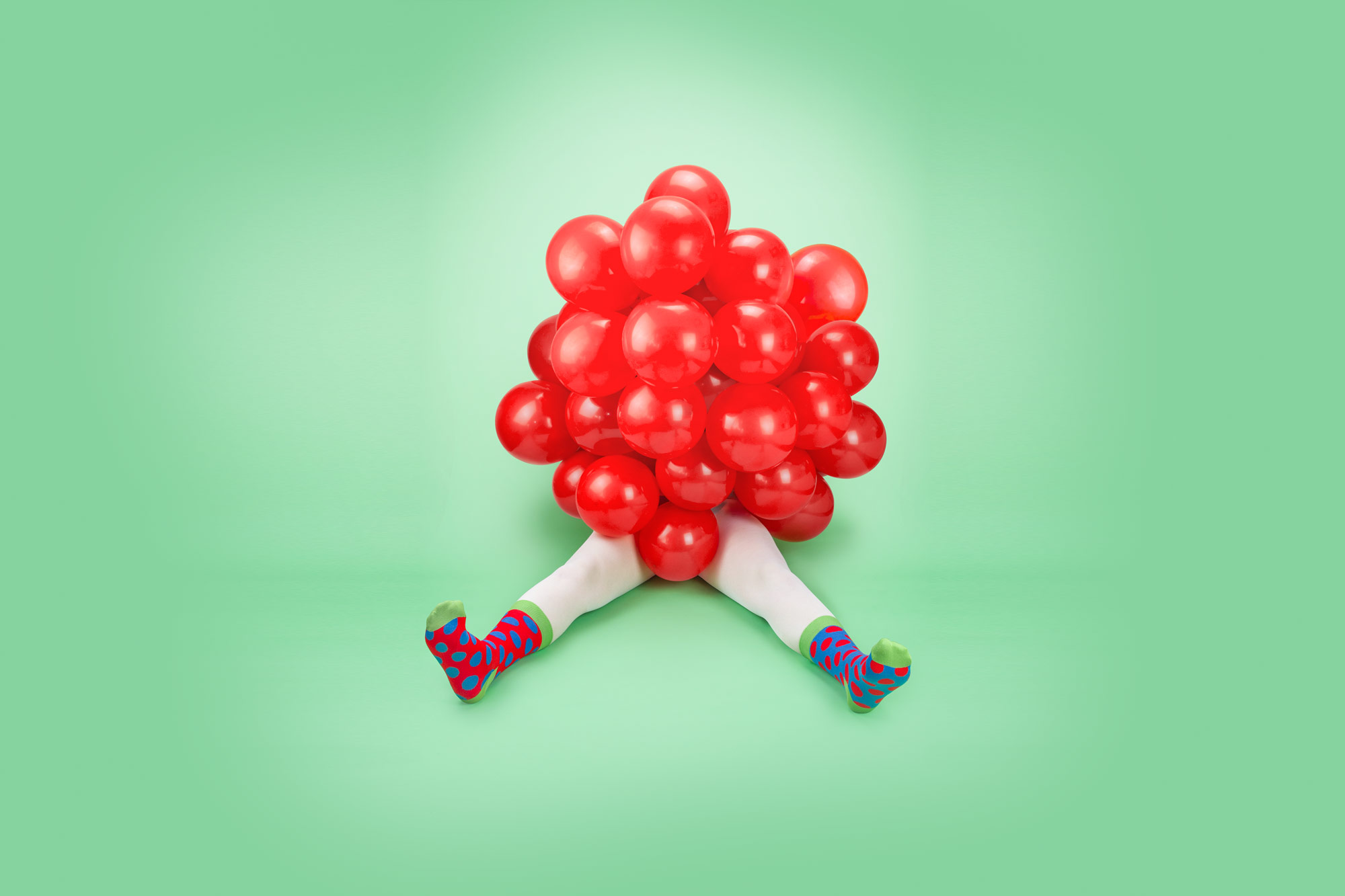
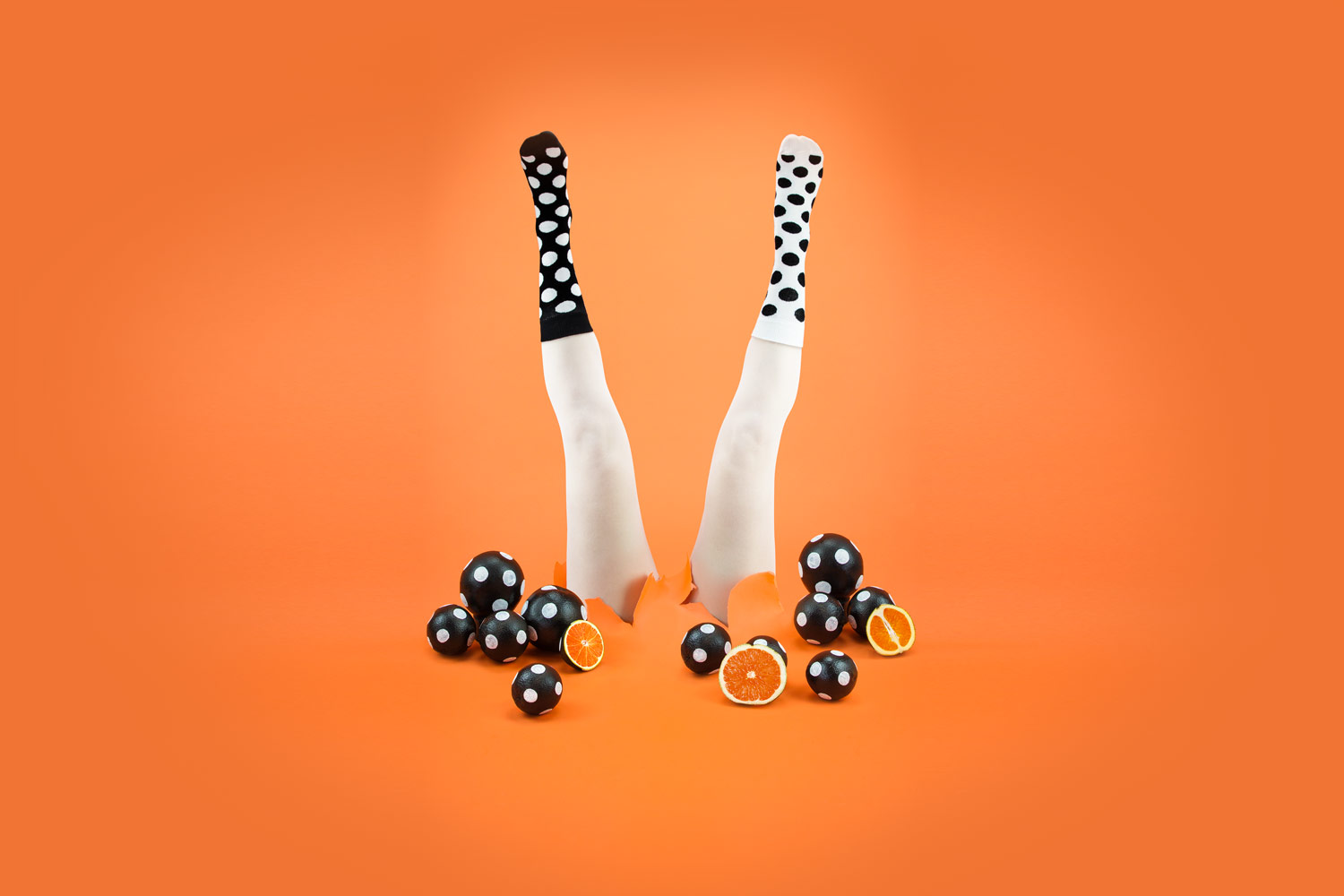
It’s about trying to appreciate the moment and be grateful for where you are and the work you get to do while knowing that there’s more. That’s such a tricky balance. I think you need to ask me this question again in fifty years because, ultimately, I haven’t done everything I’d like to do yet. But that might come eventually. I’d say that my temporary satisfaction level is pretty high.
Yeah, the answer to this question really depends on where you are in that moment. I also think perspective changes as you progress in your career and as you age because you start to redefine success on your own terms, and not on the terms of your industry or peer group. That can also alter your levels of creative satisfaction. I feel like success is such an ambiguous term. You can achieve success through different milestones of your life, professional or personal. But it’s such a strange, unidentifiable term that I don’t relate to.
In saying that, you mean that success is not a motivator for you. No, the biggest motivator is having as much fun as possible, being in control of my situation, and continuing to create weird things that clients actually want.
I love that. I have one last question. If you could go back and speak to your 18-year-old self, what would you tell her? Be patient. Having patience and being a nice, genuine person is so important in progressing as an individual and as a creative. I am still not the most patient person.
We live in a culture of immediacy. It’s hard to have perspective sometimes. We see people where they’re at and assume they’ve always been there. Then we take that pressure and put it on ourselves, and then we add in cultural expectations for things to be immediate, but I believe it takes a lifetime of work to truly leave something great. I completely agree. I don’t think a lot of people realize that you have to have the willingness to wait for the good things to happen.
True, and it’s not always easy or fun, but it’s worth it. I think that a lot of people aren’t willing to make the sacrifices. Your money, time, or relationships—one of those is going to end up being neglected when you’re really focusing on your craft. Ultimately, it’s not the decision for everybody, but it really pays off when you make the sacrifice.
“It’s very difficult to find someone who you can jive with intimately as well as professionally and creatively. I’ve always secretly wanted it—well, I guess it’s not so secret anymore.”
